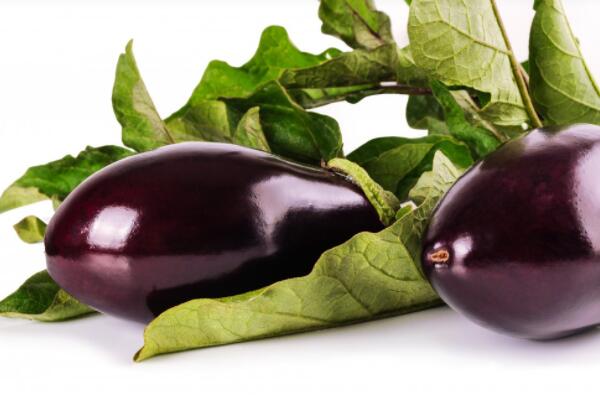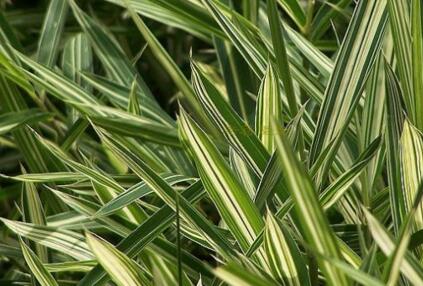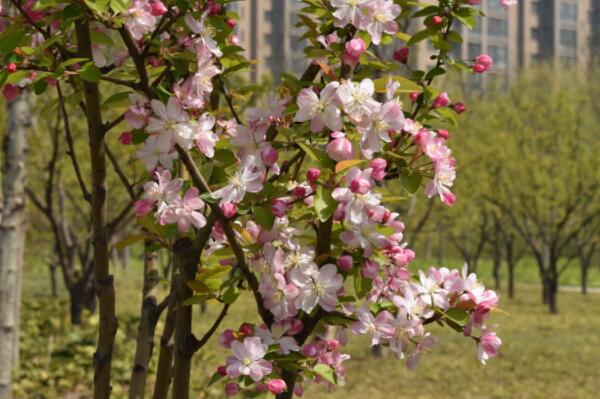When do common vegetables and eggplant usually be planted and harvested? What kind of medicine does it take to beat flowers, hang fruits, and give birth to insects?
Eggplant, the name of traditional Chinese medicine. It is the fruit of eggplant of Solanaceae. All over the country. It has the effect of clearing heat, activating blood circulation and reducing swelling. Often used for intestinal wind blood, heat sore carbuncle, skin ulcer. When does eggplant usually be planted and harvested? What kind of medicine does it take to beat flowers, hang fruits, and give birth to insects?

When does eggplant usually be planted and harvested?
Planting:
The sowing date of eggplant is determined by the planting period and seedling age. The suitable sowing date is the date calculated forward after the artificially determined planting date minus the seedling age. It should be determined according to the specific conditions such as production plan, local climatic conditions, seedbed equipment, seedling raising technology and variety characteristics. For example: eggplant cultivated in open field in early spring, planted after May 10 in Northeast China, needs 80-90 days of seedling age, and the seedling time should be in the middle of February. Seedling raising techniques and facilities should also be taken into account. If the big seedlings are raised with plastic nutrition bowls or nutrient soil blocks, the sowing date can be advanced. Otherwise, the small nutrient area will lead to excessive growth of seedlings or overweight and slow seedling during transplanting, which will affect the early yield. When the seedlings are raised in the electric hotbed, the growth rate of the seedlings is fast, and when the seedlings are of the same size, the seedling age is shorter than that needed in the ordinary hotbed. Therefore, the sowing date can be appropriately delayed. In short, the determination of sowing date should be fully considered in order to ensure timely planting.
Harvest:
1. The harvest season of eggplant is from June to July in summer, but now there is a greenhouse and eggplant can be eaten all the year round.
2. Eggplant is not resistant to waterlogging. The summer eggplant enters the high temperature and rainy season soon after planting. High-lying sandy loam should be selected for cultivation. The planting period of eggplant is generally from early June to early July after wheat harvest.
3. In order to go on the market earlier and improve the economic benefit, the harvest must be harvested early at the right time, and do not wait for maturity to harvest, so as not to reduce the edible quality of the fruit and affect the fruit setting and growth as well as the growth of plants in the future. The suitable harvest time of eggplant is before the "eggplant eye" is closed, that is, the place where the sepals are connected with the fruit, and the white part of the pericarp is few, indicating the slow growth of the fruit and the period of seed development. At this time, the harvest is the right time, which affects the yield too early and the quality too late. In the early-maturing cultivation in spring, the harvest of door eggplant and eggplant can be earlier than this period. The suitable time for harvest is morning or evening. Noon sunshine is strong, eggplant skin color is dark, high temperature, easy to wilt, not resistant to storage, so it is not suitable for harvest.
What kind of medicine does eggplant hit with flowers, hanging fruits and worms?
Blossom: eggplant in greenhouse is commonly used in anther, such as anti-falling hormone, Guoling, 2.4ml D and so on. When the eggplant flower is budding to the beginning of blooming, the treatment effect is not ideal for the undergrown flowers and the flowers after full blooming. Color should be added to the anther and appropriate amount of Sukeling should be added to prevent Botrytis cinerea, before 10:00 in the morning and after 2 o'clock in the afternoon.
Hang fruit: can apply potash fertilizer, potash fertilizer is to make the fruit, rhizome, expansion, stout, pericarp color, easy to bear fruit.
Raw worms: 1, Spodoptera litura (blackhead worm) ① to remove eggs, insect blocks; ② can choose 4.5% Arebo EC 1500 times solution, 2.5% Mengweiling 1500-2000 times solution, 1.8% avermectin 1500 times solution.
2. Thrips can choose 5% thistle aphid enemy 800-1200 times liquid, 25% imidacloprid 3000 times liquid + good year winter 600x liquid, 40% Qixingbao 800x liquid, 70% amyl 6000-10000 times liquid rotation spray control.
3. Red spiders can choose 20% dicofol 800-1000 times, 2.5% Uranus 1500-2000 times, 35% clear mites 3000-5000 times for spray control.
4. Tea yellow mites can be treated with 73% acarate 2000-3000 times, 20% mites 1000-1500 times, 40% mite Ogilvy 1500-3000 times, 34% gold speed mite files 1500-3000 times for spray control.
In addition, the prevention and treatment of four common diseases:
1. Yellowing of tender leaves
The young leaves of eggplant are yellowish white, the leaf tip remains green, and there are rust stripes on the middle and lower leaves. Excessive fertilizer, high humidity, soil partial acid or manganese excess nutrition, inhibition of iron absorption and so on can easily lead to yellowing of new leaves. Spraying 500 times of ferrous sulfate solution on the leaf surface, applying magnesium hydroxide and lime in the field to adjust soil pH, and supplementing potassium to balance nutrition and meet or promote iron supply.
2. Flower bud closed disease
Eggplant ovary is not dilated, buds tighten and do not open, affecting pollination and fertilization into a stiff fruit. In the cold season, the field is short of water, the air is moist, the soil pH value is above 7.5, the availability of boron in the soil decreases; excessive lime calcium in the field can induce plant boron deficiency, which can cause the flower buds not to open for a long time. Spray 700 times borax solution or amino acid peptide pollinator on the leaf surface.
3. Fruit cracked disease
The eggplant fruit is stiff but not inflated, the sponge tissue is compact, the skin color is dull, there are white stripes, the eggplant fruit is cracked after watering, it does not grow big and the quality is poor. The eggplant skin will crack after being watered on a sunny day. During the period of low temperature and low light and high temperature and strong light, the fruit expanded, the absorption of nitrogen, potassium and boron increased, and the relative demand of phosphorus was less. If the amount of phosphorus is too large, it will affect the absorption of potassium and boron, which will make the fruit seeds succulent and ossified. Phosphate fertilizer was mainly applied under the roots of seedlings at the time of planting, 2kg / mu of pure phosphorus was applied in the later stage, and potassium fertilizer was mainly applied in the fruiting period.
4. Disease of falling leaves and fruits
The lower leaves yellowed and fell off in the low temperature period, and the young fruits softened and fell in the high wet period. When the temperature is too low, the soil concentration is high due to excessive application of nitrogen and phosphorus fertilizer, and the plants will age due to long-term nutritional imbalance, which is the sequela of the decrease of gibberellin synthesis caused by zinc deficiency. The junction of petiole and stem, petiole and fruit was separated and exfoliated due to lack of auxin. Spraying 700 times solution of zinc sulfate on the leaves of aged seedlings, or applying 1 kg of zinc sulfate per mu, can also spray green waves and other zinc-containing nutrients on the leaves to prevent falling and promote growth.
Time: 2019-04-09 Click:
- Prev

Is the smallest bamboo in the world a tree? What are its main values? How to breed it?
Phyllostachys pubescens, one of the smallest bamboos in the world, is of little value for use and shooting, but has high ornamental value and feeding value. So, is the smallest bamboo in the world a tree? What are its main values? How to breed it? Is the smallest bamboo in the world a tree?
- Next

How much is the price of small Arbor West House Begonia seedlings? When will it blossom? What are the cultivation techniques? What about bonsai?
Xifu Begonia is a small tree of the genus Malus of Rosaceae, which is 2.5-5 meters high and has strong erect branches. It is endemic to China. How much is the price of begonia seedlings in the West House? When will it blossom? What are the cultivation techniques? How to maintain bonsai? According to Rosaceae data,
Related
- Fuxing push coffee new agricultural production and marketing class: lack of small-scale processing plants
- Jujube rice field leisure farm deep ploughing Yilan for five years to create a space for organic food and play
- Nongyu Farm-A trial of organic papaya for brave women with advanced technology
- Four points for attention in the prevention and control of diseases and insect pests of edible fungi
- How to add nutrient solution to Edible Fungi
- Is there any good way to control edible fungus mites?
- Open Inoculation Technology of Edible Fungi
- Is there any clever way to use fertilizer for edible fungus in winter?
- What agents are used to kill the pathogens of edible fungi in the mushroom shed?
- Rapid drying of Edible Fungi

